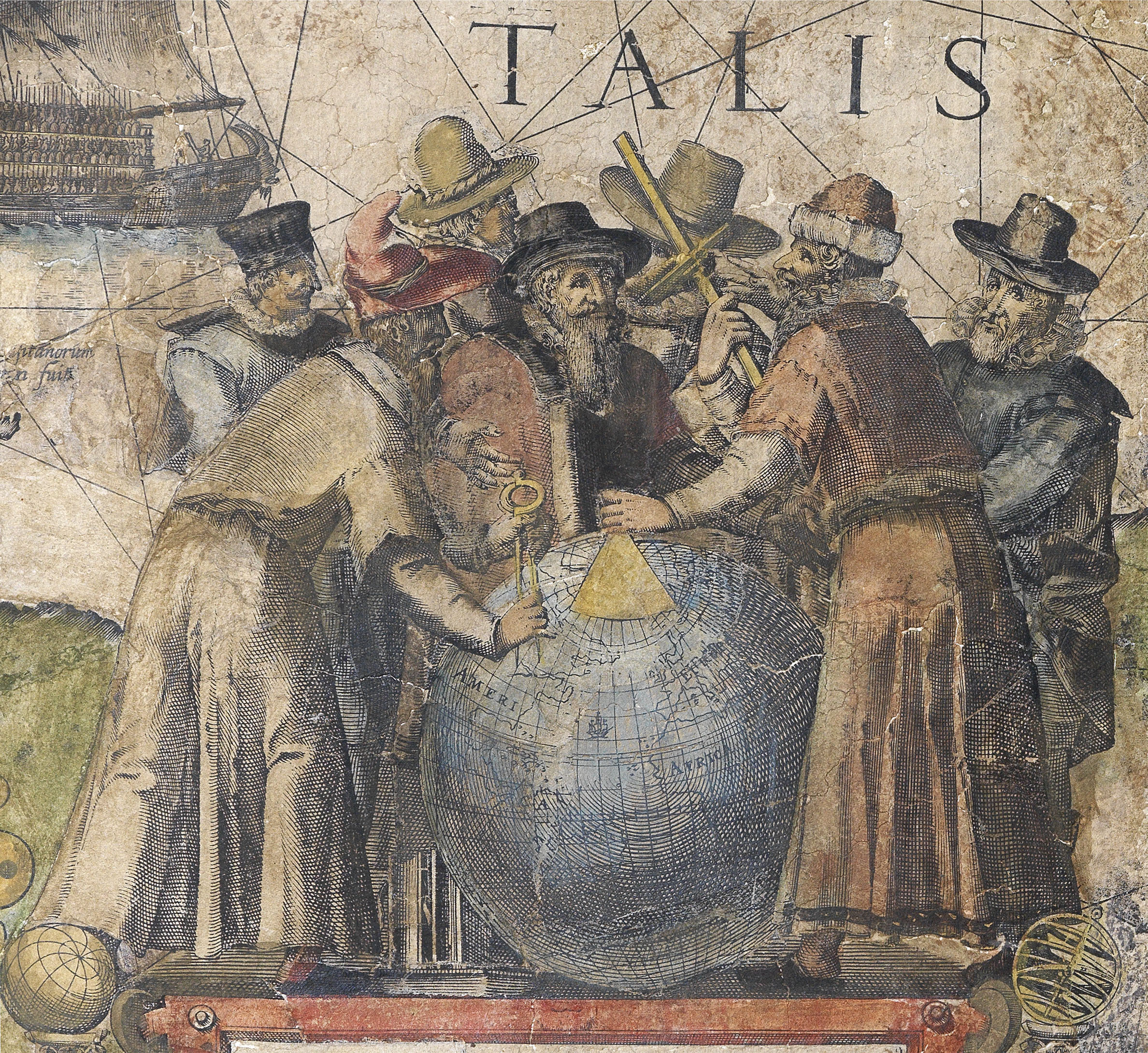Joris (George) van Spilbergen
(1568 - 1620)

Spilbergen was the second Dutchman to circumnavigate the globe. The journals of his two major voyages survive. The first, funded by Balthazar de Moucheron, set out from Veere early in May of 1601, with three ships. It was one of the last voyages to the East Indies before the incorporation of the VOC. Sailing down the west coast of Africa, they arrived and named, Table Bay, in December. At the end of December, they set out across the Indian Ocean, reaching Ceylon at the end of May, 1602. It took him some months of negotiation to secure trading relations with the Maharajah, after which he set sail for Sumatra.
Along the way Spilbergen, with help from new English allies, successfully attacked a Portuguese treasure ship. The spoils were taken to Acheen, where he was met by ca new VOC fleet. Selling one of his ships to the Company, he proceeded home.
The second journal begins at Texel in 1614, from where, with a fleet of six ships, he was ordered to the East Indies by the VOC to reassert Dutch claims to eastern access to the Pacific. To get there, Spilbergen importantly sailed via the VOC’s proprietary route through the Straits of Magellan, rather than the open sea route south of Tierra del Fuego, around Cape Horn, recently discovered by Jacob Le Maire and Willem Cornelisz. Schouten.
The journey south down the east coast of Africa was a difficult one, fraught with mutinies. However, once travelling north up the coast of Peru, things improved, and frustrations were vented by attacks on several ports in Chile, a blockade of Callao, and generally disrupting Spanish shipping.
In November 1615, Spilbergen set his compass west and across the Pacific. Via the Mariana Islands, Guam, Manila and eventually Java, he discovered several small island groups. He achieved the main object of the voyage with the conquest of the Molucca Islands, re-asserting the power and reputation of the VOC throughout the South Pacific, in no uncertain terms.
In Java, Spilbergen took on board Le Maire and Schouten and their crew, whose vessel had been confiscated in Ternate by the VOC. Le Maire and Schouten had succeeded in rounding Cape Horn, naming the new route the Straits of Le Maire. They were dispatched home with Spilbergen by the Dutch governor of Batavia (now Jakarta), although Le Maire died en route in Mauritius. They arrived in 1617, and two years Spilbergen published the first edition of his account of the voyage, Oost ende West-Indische Spiegel der nieuvve navigatien.
 地图
地图  地图集
地图集  珍本
珍本  版画
版画  天文仪器
天文仪器 






